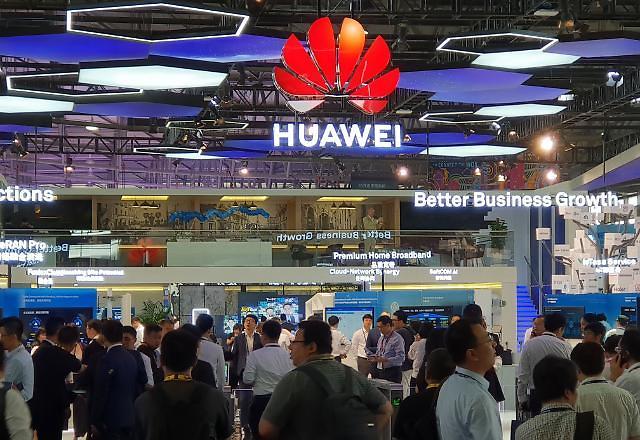[Yonhap News Photo]
SEOUL -- The United States and China resume trade negotiations this week. It is too early to expect that the trade war will disappear even if the two countries provide a breakthrough. Because the nature and content of the trade war have changed completely. Now the key front has been transferred to the development and protection of advanced technology, not to the size of the trade deficit. The United States has clarified its will to actively utilize techno-nationalism and digital protectionism as in China.
China is developing its manufacturing industry from 'Made in China' to 'Made with China' and 'Made for China'. To this end, Beijing focuses on the top 10 strategic industries. If the plan is successfully implemented, China is expected to enter the third group (Britain, France, and South Korea) by 2025, the second group (Germany and Japan) by 2035, and the first group (U.S.) by 2045.
Regarding tariff retaliation, China, which maintains the scope of negotiations, is making clear its intention that it will not retreat from science and technology competition. One of the most controversial companies in the competition is Huawei, which has become the world's largest telecom equipment maker since its inception in 1988.
Because of its close relationship with the Chinese government and military, the US Foreign Investment Review Board (CFIUS) has refused to accept Huawei's acquisition of US telecom equipment maker 3Com in 2008. In 2012, the US House of Representatives issued a report that Huawei is setting up a backdoor in its communications equipment, causing cybersecurity problems. As yet, there has been no case in which Huawei has caused controversy over cybersecurity.
Sanctions against Huawei have become more powerful under the Trump administration. The US National Security Agency (NSA) is strongly urging major allied nations like including Canada, Australia, the United Kingdom, Japan and South Korea not to use Huawei products. Despite such containment measures, Britain, Canada, Australia and New Zealand all participating in the Five Eyes program to share information with the U.S. use Huawei equipment. When South Korea's LGU+ introduced Huawei's LTE network equipment in 2013, the U.S. made recommendations that Huawei equipment should not be used in some areas around American military camps for cybersecurity reasons.
At present, attention is focused on whether South Korean telecom companies will adopt Huawei products in their 5G network. Because the price is 30 percent cheaper, and the technology is estimated to be ahead of Q1, there is no reason for them to shun Huawei. The most serious problem is security concerns that Huawei can hack through a backdoor. There are also concerns that Huawei's entry into South Korea may hinder the development of telecom equipment companies. If Huawei makes an inroad into the South Korean market, it is highly likely to lead the technology standard of 5G networks.
Despite these problems, it is hardly realistic for our country to respond like the United States. Huawei products include semiconductors and display panels exported by our companies. In 2018, China accounts for 35 percent of total semiconductor sales by Samsung and SK hynix. In addition, Chinese companies can discriminate against South Korean products for cybersecurity reasons. In other words, regulations we apply can be returned as boomerangs. Therefore, technological nationalism and digital protectionism do not meet our economic interests.
(This column was contributed by Lee Wang-hwi, a professor at Aju University Graduate School's Department of Political Science and Diplomacy.)



![[COLUMN] Is it the end of dog farming?](https://image.ajunews.com/content/image/2023/12/06/20231206165042934346.jpeg)
![[OPINION] Alberta steps forward as natural resources partner for Korean companies](https://image.ajunews.com/content/image/2023/11/24/20231124152536516223.png)
![[COLUMN] Study-in-rural-village education project creates hometown for future generations](https://image.ajunews.com/content/image/2023/03/14/20230314171302400526.png)